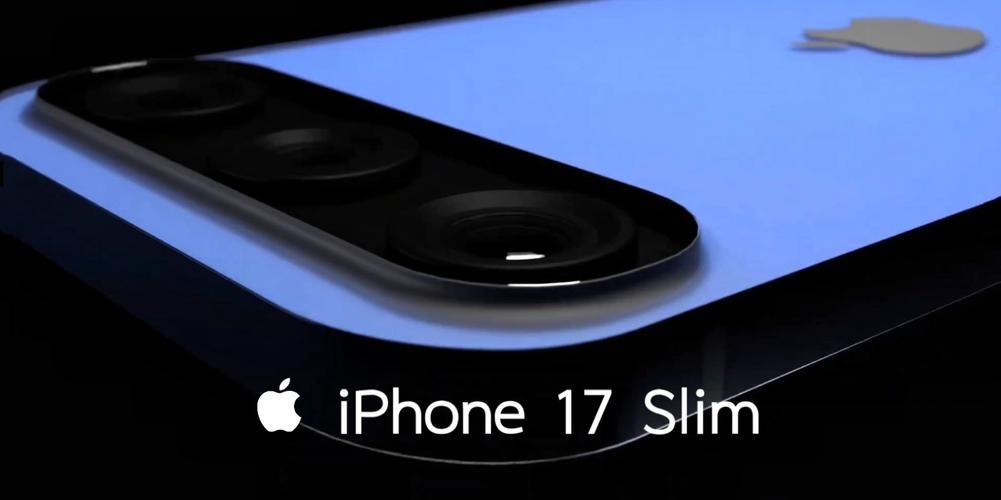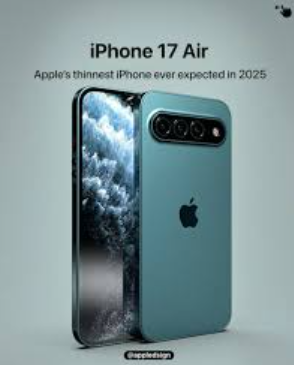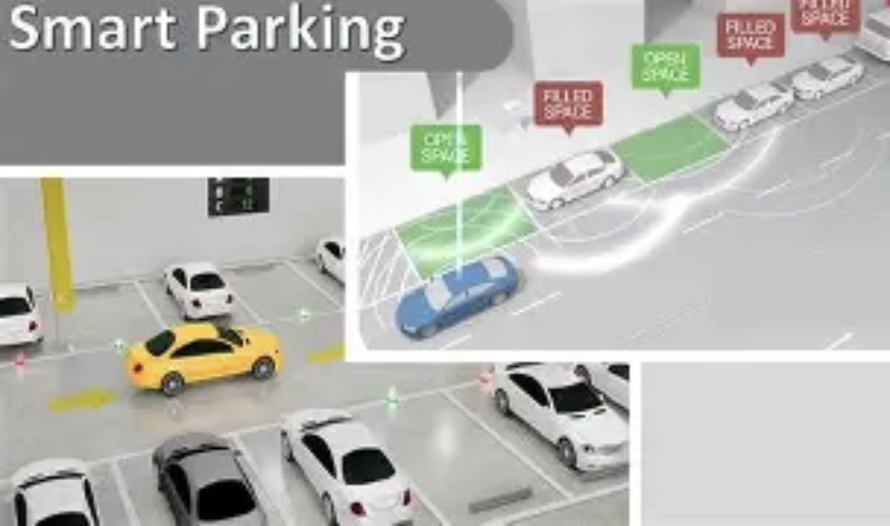"Invisible Partner" in the Heart: The Silent Revolution of Dual-chamber Implantable Leadless Pacemaker
Imagine that you are sitting quietly in a cafe, chatting with your friends. You look like an ordinary person, but in fact, your heart is relying on a tiny high-tech partner to maintain its rhythm-and it has no wires, no heavy battery compartment, and no traces of catheters sticking out from under the skin. It is like an "invisible partner", quietly communicating between the chambers of the heart to ensure that every beat is accurate and powerful.
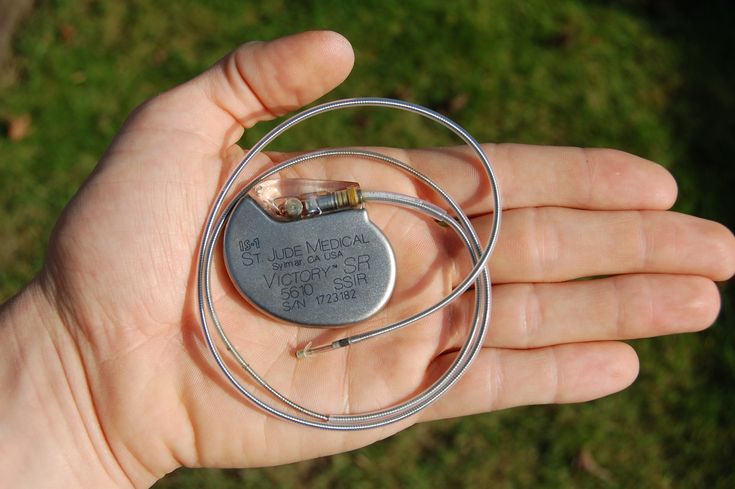
This is the charm of "dual-chamber implantable leadless pacemaker system". Traditional pacemakers often need to implant the main machine in the chest, and then extend from the lead to the heart, which is easy to wear and infection, and limits the patient's freedom of movement. This new generation of pacemakers, however, reduces the whole system to the size of a "capsule" and places it directly inside the heart. What's even more amazing is that it is not alone, but two "capsules" are located in different chambers of the heart, communicating in real time through wireless signals, just like a pair of tacit partners, maintaining the coordinated rhythm between the atrium and the ventricle.
You may ask, how can you ensure electricity for such a small thing? The answer is high-performance micro-battery and low-energy design. A small battery can maintain stable operation for several years, and when the energy is gradually exhausted, doctors can easily replace new devices through interventional surgery, and the old ones will stay in the body quietly without interference. This is not so much a medical device as a "bio-smart chip", which becomes a part of the body after being embedded in the heart.
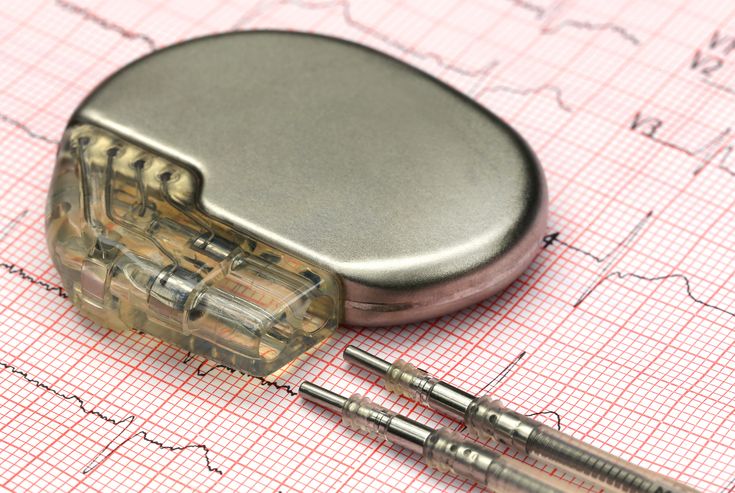
The meaning in life may be greater than imagined. For many patients with arrhythmia, pacemakers in the past meant restrictions: avoiding excessive bending, avoiding excessive arm stretching, and avoiding certain sports. Nowadays, the dual-cavity wireless system brings them closer to the freedom of "no perception", no longer worrying about the risk of wire breakage or infection, and even swimming and jogging with peace of mind, and embracing an active life again. In other words, this is not only an upgrade of medical technology, but also a liberation of lifestyle.
What is more interesting is that it represents a future trend of medical technology: more and more miniaturization, more and more intelligence and more and more traceless. When medical devices are no longer bulky "plug-ins", but are integrated into the body in an extremely lightweight and invisible way, our knowledge of health is also changing. The heart is not only the engine of life, but now it is more like a "smart terminal" that can cooperate with artificial intelligence.
Some people say that the ultimate ideal of medicine is to make treatment exist like air-you don't need to think about it all the time, but you are protected in every breath and every heartbeat. Dual-chamber implantable leadless pacemaker is a step towards this vision. It makes people see a brand-new possibility: the future body may gradually become a symbiont of "nature and technology", with both the temperature of flesh and blood and the wisdom of silicon.
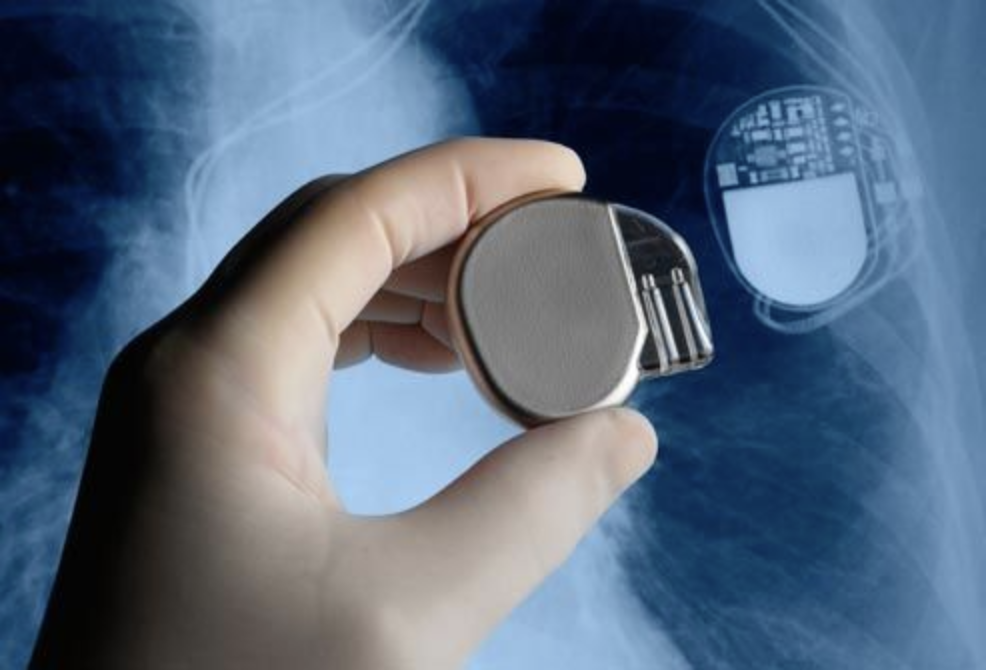
And when you walk into the cafe next time, maybe the person with natural behavior and hearty laughter around you is carrying such an invisible partner. Every time his heart beats, it is not only a physiological rhythm, but also a quiet and firm piece of music played by technology and life.
(Writer:Seli)


